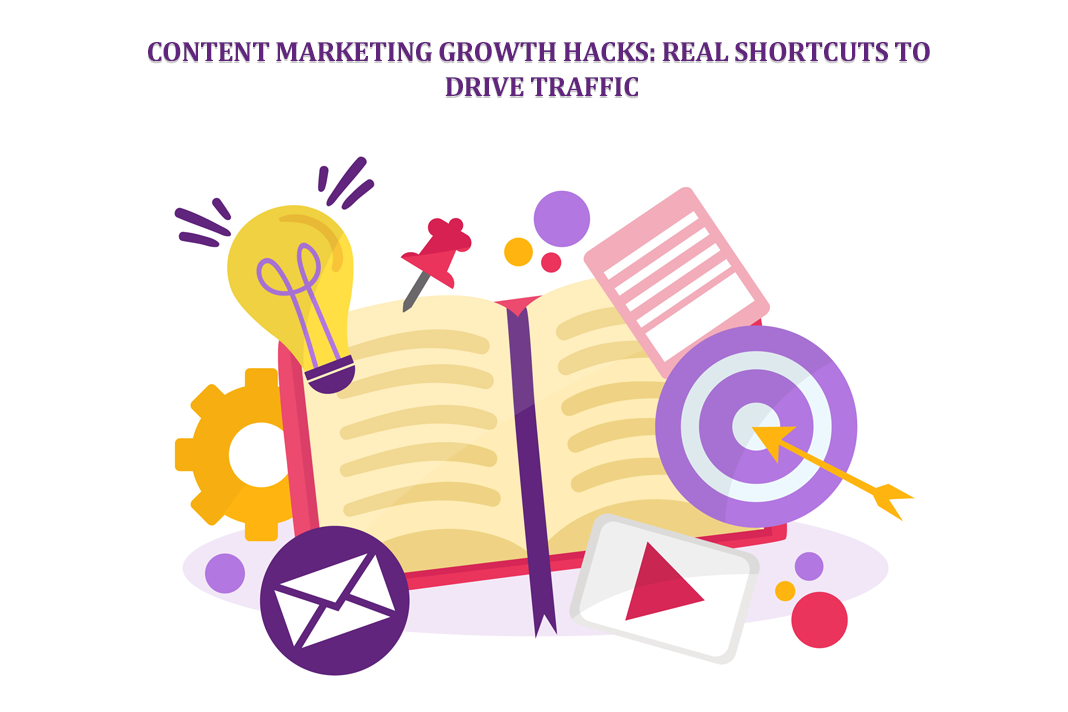How to Repurpose Your Marketing Content to Save Time and Money While Driving Revenue
When you create marketing content, whether it’s a blog post, video, tutorial, ebook, or just about anything else, we assume you put significant time and effort into creating it. And it’s not the best feeling in the world when that content doesn’t get exposure or engagement that aligns with the amount of time that went into it. That’s why repurposing one type of content to other forms and marketing channels can help your business make the most of all the research and hard work that went into creating the content in the first place. Let’s look at a few tactful ways you can repurpose your marketing content.
- Use Evergreen Content
Every business has evergreen content somewhere on their website — and if you don’t, then that’s an issue. Evergreen content refers to any form of content that can pass the test of time and will be relevant not only 6 months later but 6 years or more. With evergreen content, you should avoid trendy and timely topics and concentrate on discussions that will be relevant to readers for the long term. If you offer a product or service that has a specific mode of functioning, then you may also have evergreen content that is specific to your brand. Such as tutorials and frequently asked questions that will be relevant for the long run. Repurposing this evergreen content by utilizing it in videos or social media posts will only be beneficial to you since this type of content doesn’t have an expiration date.
- Change the Format
When you take already written content and repurpose it into written content again, chances are you will miss out on audiences who prefer other forms of content. That doesn’t mean you shouldn’t repurpose written content into other forms of written content, but don’t forget about other formats that you can utilize. The best examples are sound and video content. The most effective way to repurpose content is to change the medium it is presented in. Primarily, you will use text content as a base such as blog posts, articles, case studies, researches, ebooks, and more. Longer content works best for repurposing since you can go through it and highlight important points, without the need to do additional work to acquire the content. You can take the written text and adapt it into a script for a video, webinar, or podcast.
- Cross-sharing on Platforms
Don’t forget to repurpose and share the content across various social media and community platforms. The content itself may not actually change too much, simply the delivery. For Twitter, you will have to work around the character restraints for the captions and repurpose your content into a format that will be shareable with your Twitter audience. Have a blog post? Share it to Medium and make sure to add a backlink to your website. The wider the range you branch out to with your content, the higher chance it has to reach more of your audience. However, always make sure you adjust the content for the corresponding platform to ensure it attracts the everyday users of those platforms.
- Refresh and Republish
Who said you can’t update existing content and then reshare it? No one! If you spent hours on content production to conjure up a 2,000-word case study a few years back and only a few things require updating, then simply make the necessary adjustments and share it again. With this approach, it’s important to reshare content from a while ago. No one wants to see the same blog popping up every few months because your viewers will think you’re recycling content instead of producing fresher content. Resharing older but relevant pieces now and then can benefit your traffic and SEO, though.
- Create a Series
Why only repurpose one content into another singular, yet different, content? If you have long enough content to work with, you can break it down into several segments and make a series. For example, break a blog post into several social media posts using infographics, carousel format, and even video. Repurpose a written tutorial or FAQ page into a short video series. You utilize the content that you already have and showcase it in a new, fresh way with minimal additional labor to make it shine.
We hope you’ll utilize any — or all — of our marketing content repurposing approaches to get the most out of the content you put that much time and effort into the first time around.
What Is WooCommerce Product Slider and Why Your Store Needs It
Why Do Product Images Matter So Much in Online Stores? When someone visits an online store the…
0 Comments9 Minutes
How to Streamline Your Customers’ Shopping Experience?
The goal for any online store is to make shopping as smooth as possible. When visitors move…
0 Comments8 Minutes
Strengthening Brand-Customer Relationships Through Gamified Loyalty Programs
Creating lasting connections with customers has become increasingly vital as the marketplace grows…
0 Comments6 Minutes
How to Use SEO and SEA Together in Search Engine Marketing
In digital marketing, search engine marketing (SEM) plays a critical role in improving online…
0 Comments10 Minutes
Content Marketing Growth Hacks: Real Shortcuts to Drive Traffic
Are you still lagging in content marketing? Sticking to these old strategies seems…
0 Comments10 Minutes
How to Build a Strong Local Following Using Social Media Marketing
In the days of likes, shares, and stories, local businesses have a golden opportunity to create…
0 Comments9 Minutes
Why WooCommerce is the Best Choice for Your Online Store?
WooCommerce stands out as a top option for anyone looking to build an online store. This platform…
0 Comments8 Minutes
How to Use AI-Powered SEO Tools for WordPress eCommerce
SEO is a critical factor in the success of any e-commerce WordPress store. As competition…
0 Comments11 Minutes








